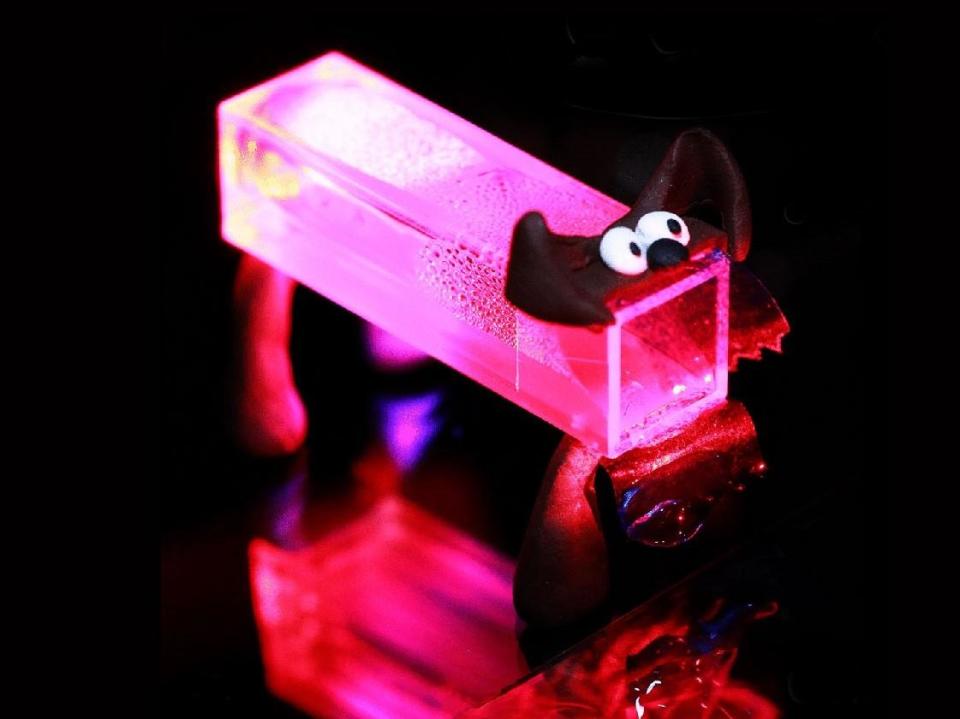Scientists teach piece of plastic how to walk

Researchers have trained a piece of plastic “to walk” using a new light-controlling technique.
It is the first time an inanimate object has been taught to move in this way without using computer programming, scientists at Tampere University in Finland said.
The advanced polymers are able to travel around 1mm per second – about the same speed as a garden snail – using a thermo-responsive coat of dye to convert energy into mechanical motion.
“Our research is essentially asking the question if an inanimate material can somehow learn in a very simplistic sense,” said senior author Arri Priimägi, of Tampere University.
“My colleague, Professor Olli Ikkala from Aalto University, posed the question: ‘Can materials learn, and what does it mean if materials would learn?’ We then joined forces in this research to make robots that would somehow learn new tricks.”
The study, published in the journal Matter, was inspired by Pavlov's dog experiment, which saw a dog anticipate receiving food when a bell was rung.
In order to condition the piece of plastic to move, the research team used light instead of food to make it move.
"Many will say that we are pushing this analogy too far," said Priimägi.
"In some sense, those people are right because compared to biological systems, the material we studied is very simple and limited. But under right circumstances, the analogy holds."
Beyond moving, the piece of plastic is able to recognise and respond in different ways to different wavelengths of light, which could have applications in the emerging field of soft robotics
"I think there's a lot of cool aspects there. These remotely controlled liquid crystal networks behave like small articial muscles," said Priimägi.
"I hope and believe there are many ways that they can benet the biomedical eld, among other elds such as photonics, in the future."
Read more
Tiny ‘paper bird’ robot can perform operations inside the human body

 Yahoo Finance
Yahoo Finance 